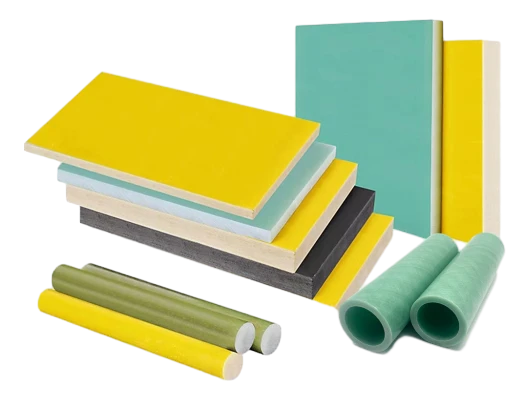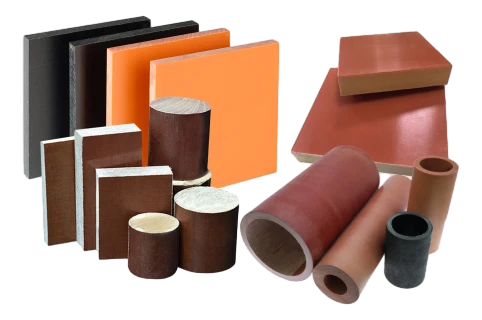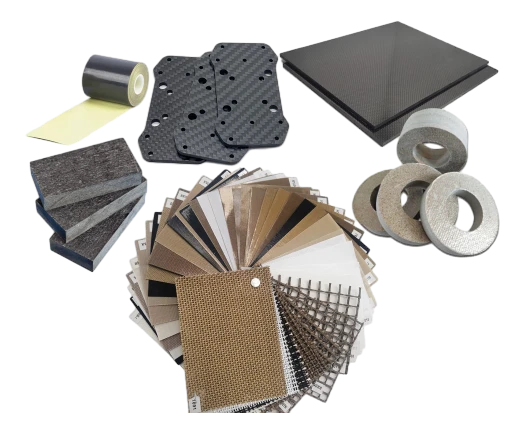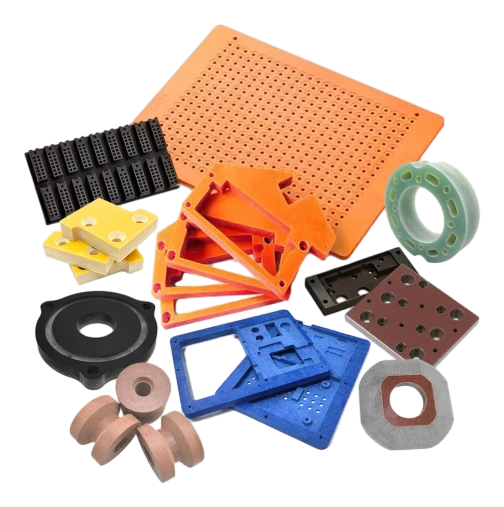Revolutionizing Industries with High-Performance Materials
Time of issue: 2025-10-25
Introduction to High-Performance Materials
When it comes to innovation, the term High-Performance Materials (translated: high-performance materials) rings bells across numerous industries. From aerospace to automotive, these materials are the unsung heroes in the quest for efficiency, durability, and sustainability. So, what exactly are high-performance materials, and why should you care? Buckle up as we take a deep dive into this exciting domain!
What Are High-Performance Materials?
High-performance materials are engineered substances designed to withstand extreme conditions while providing superior performance. They're often lighter, stronger, and more resistant to corrosion than traditional materials. Think of them as the superheroes of the material world—capable of tackling challenges that would leave ordinary materials crumbling!
Types of High-Performance Materials
There's a cornucopia of high-performance materials out there, each with its unique properties. Here are a few of the heavy hitters:
- Composites: Made from two or more constituent materials, composites are renowned for their strength-to-weight ratio, making them perfect for aircraft and automotive applications.
- Metals: Certain alloys, like titanium and nickel-based superalloys, have become staples in industries requiring high-temperature resilience.
- Polymers: Advanced polymers, including polyethylene and polyether ether ketone (PEEK), offer excellent chemical resistance and can be used in high-stress environments.
Applications Across Various Industries
High-performance materials aren't just a one-trick pony; their applications are vast and varied. Here's a quick rundown:
- Aerospace: Lightweight composites are used in aircraft wings to enhance fuel efficiency.
- Automotive: High-performance alloys and polymers contribute to vehicle durability and safety.
- Medical Devices: Biocompatible materials are crucial for implants and prosthetics.
- Electronics: Advanced polymers and metals are used in high-performance circuits and components.
The Edge: Why Choose High-Performance Materials?
Now, you might be wondering, “Why should I give a hoot about high-performance materials?” Well, let me tell you! These materials help industries save money and resources in the long run. With their durability, you'll find they last longer than traditional materials, reducing replacement costs and waste. Plus, using lighter materials can lead to better fuel efficiency, which is a win for both the environment and your pocketbook!
Challenges and Considerations
Of course, it's not all sunshine and rainbows. The production of high-performance materials often involves complex processes that can be costly and time-consuming. Additionally, their specialized properties may limit their application in certain environments. However, the rewards often outweigh these challenges, especially as technology continues to advance.
Conclusion: The Future of High-Performance Materials
As we push the boundaries of what's possible, high-performance materials are set to play an even more significant role in shaping our future. With ongoing research and development, expect to see more innovative applications emerging in the next few years. So, whether you're an industry professional or just a curious enthusiast, keep your eyes peeled—these materials are here to stay!
More Information
 xyh@xiongyihua-plastic.com
xyh@xiongyihua-plastic.com













